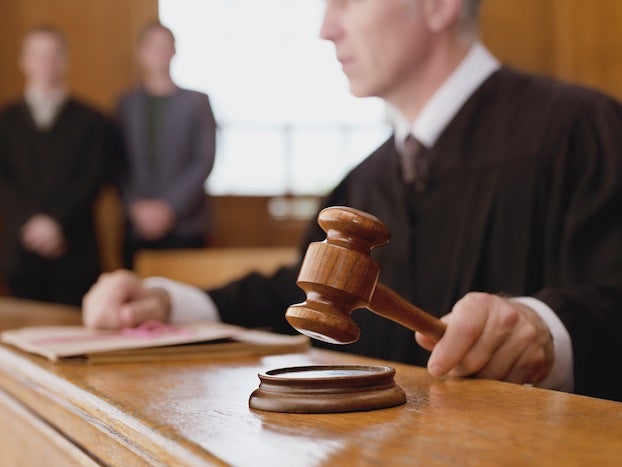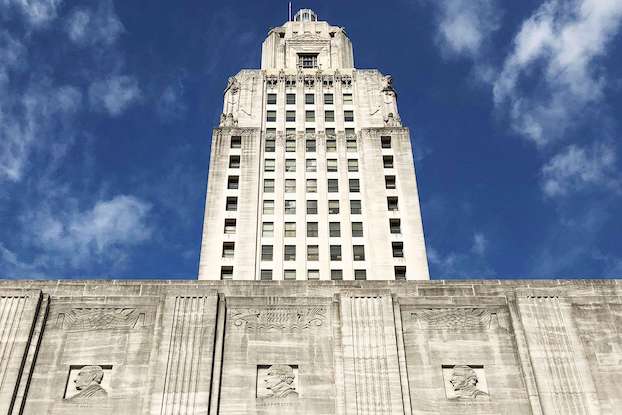Sirens ‘mission critical’ safety feature for parish
Published 2:54 pm Monday, June 19, 2017
<p class="p1"><strong>On the emergency sirens, why do they have to blow them every Monday and for so long? Why can’t they just do it once a month and for half the time?</strong></p><p class="p2">The parish tests the sirens once a week because public officials, industry representatives and members of the community years ago judged that schedule best for the area, said Norman Bourdeau, assistant director of the Calcasieu Parish Office of Emergency Preparedness.</p><p class="p2">They based their decision, made in the mid-1980s, on Federal Emergency Management Agency guidelines, Bourdeau said. The sirens, he said, “are mission critical to the protection of our citizens should a hazardous situation arise.” </p><p class="p2">As for the length of the sirens’ activation, Bourdeau offered the following explanation in an email:</p><p class="p3">The sirens are battery operated and restored to full operational status through the use of a trickle charger connected to an alternating current power source or solar cell. </p><p class="p3">A several minute activation tests not only that the siren functions properly, but tests the battery system as well.</p><p class="p3">Batteries placed under a load (used, so to speak) determines their capability to provide power. Batteries should be “conditioned” on a regular basis to help maintain their ability to store power.</p><p class="p3">Conditioning: When a battery is discharged substantially then recharged at a slow rate to extend its reliability and service life.</p><p class="p3">The weekly test accomplishes this goal and thus, an activation of several minutes in length greatly enhances the reliability of the siren system as a whole.</p><hr /><p class="p4"><strong>Many ways to contact President Trump</strong></p><p class="p1"><strong>How can we contact President Trump?</strong></p><p class="p2">To send an email, visit <a href="http://www.whitehouse.gov/contact%20" target="_blank">www.whitehouse.gov/contact</a> and fill in the form.</p><p class="p2">To leave comments by phone, call 202-456-1111; the TTY number is 202-456-6213.</p><p class="p2">Letters should be sent to The White House, 1600 Pennsylvania Ave. NW, Washington, DC 20500.</p><p class="p2">Advice from the White House website:</p><p class="p6">“If possible, email us! This is the fastest way to get your message to President Trump.”</p><p class="p6">“If you write a letter, please consider typing it on an 8 1⁄2 by 11 inch sheet of paper. If you hand-write your letter, please consider using pen and writing as neatly as possible.”</p><p class="p6">“Please include your return address on your letter as well as your envelope. If you have an email address, please consider including that as well.”</p><p class="p6">“And finally, be sure to include the full address of the White House to make sure your message gets to us as quickly and directly as possible.”</p><p class="p2">Additionally, you can post messages for the president via social media — Twitter: @realDonaldTrump; Facebook: <a href="http://www.facebook.com/WhiteHouse" target="_blank">www.facebook.com/WhiteHouse</a>.</p><p class="p7"> </p><hr /><p class="p7"><a href="http://www.whitehouse.gov" target="_blank">www.whitehouse.gov</a>.</p>





